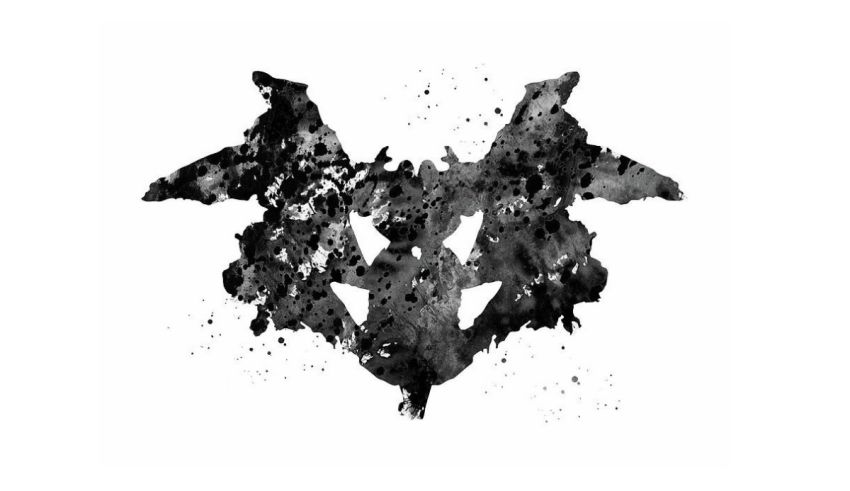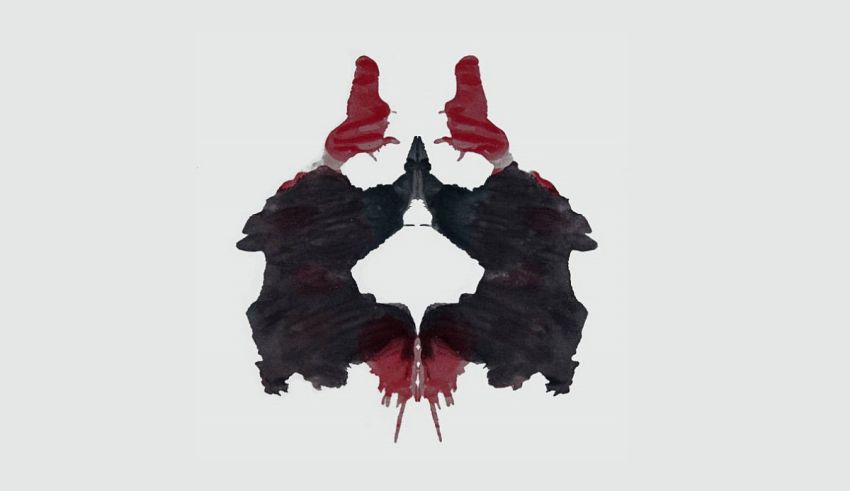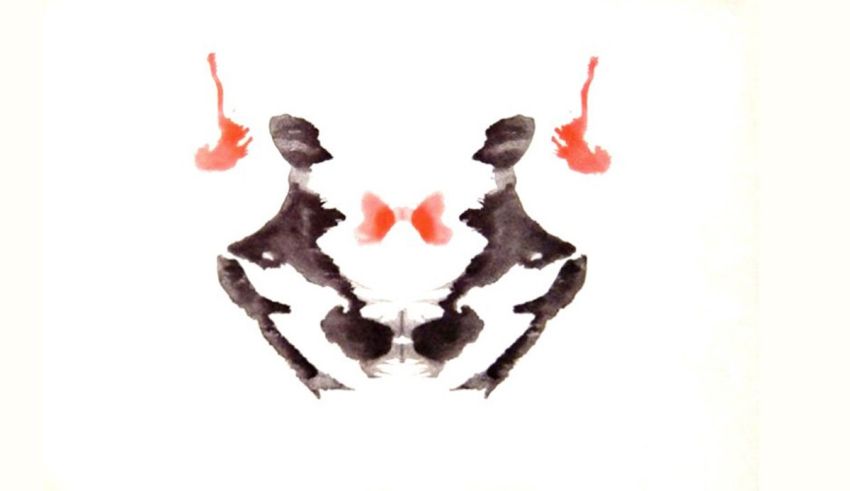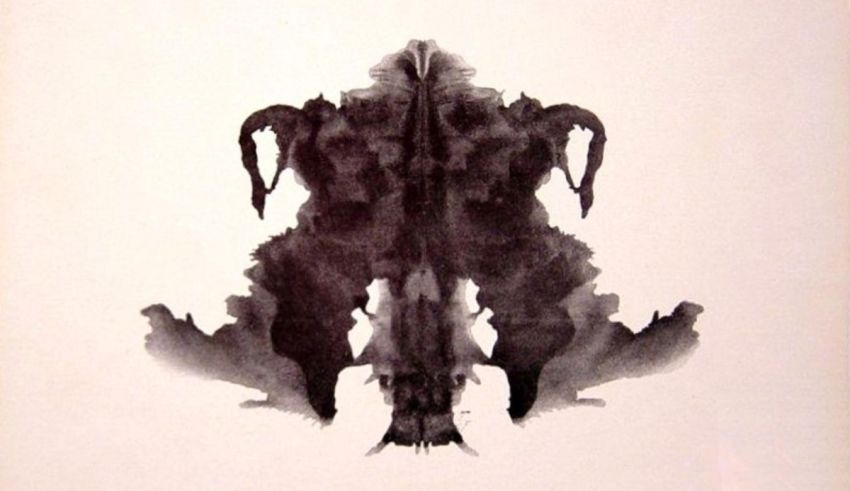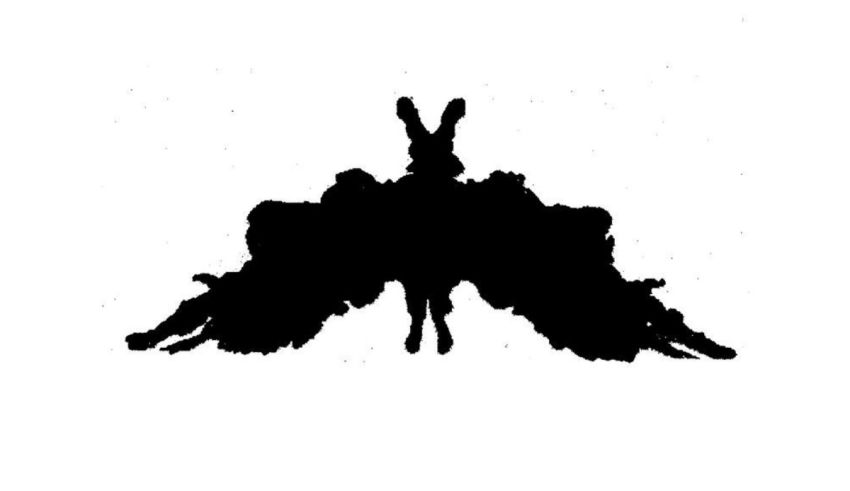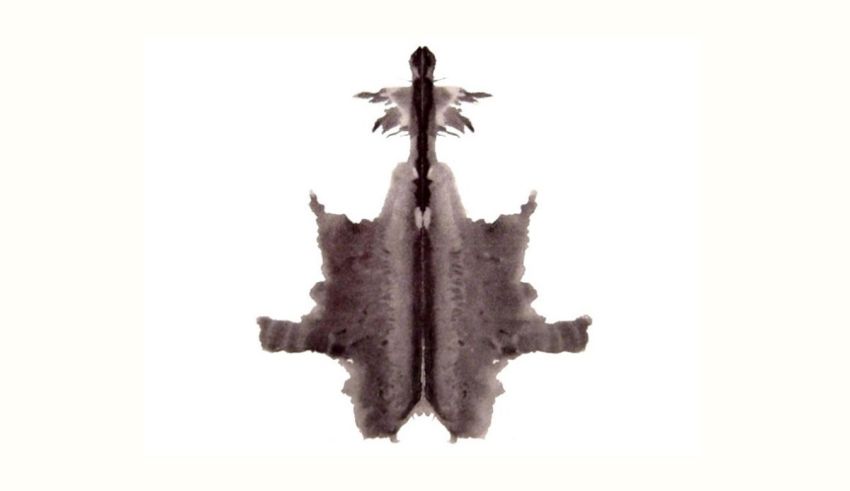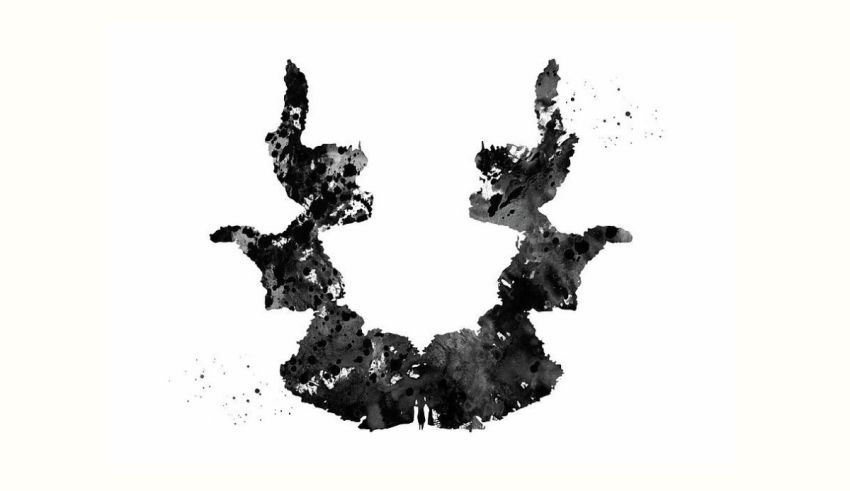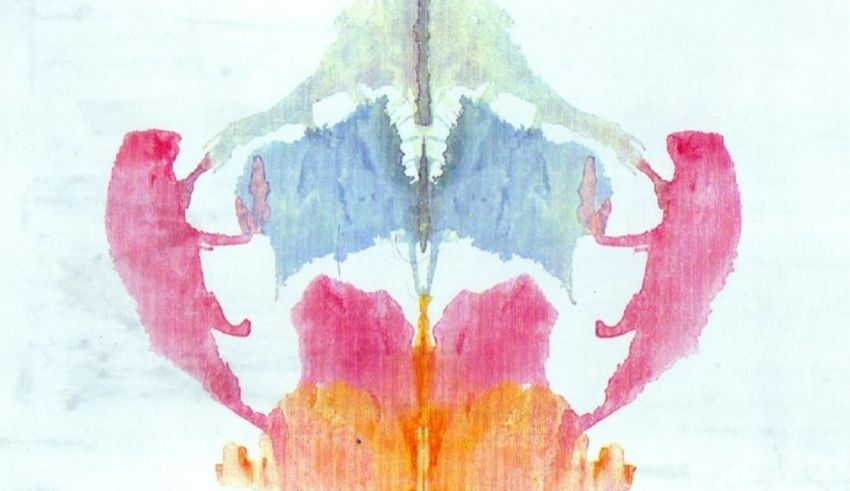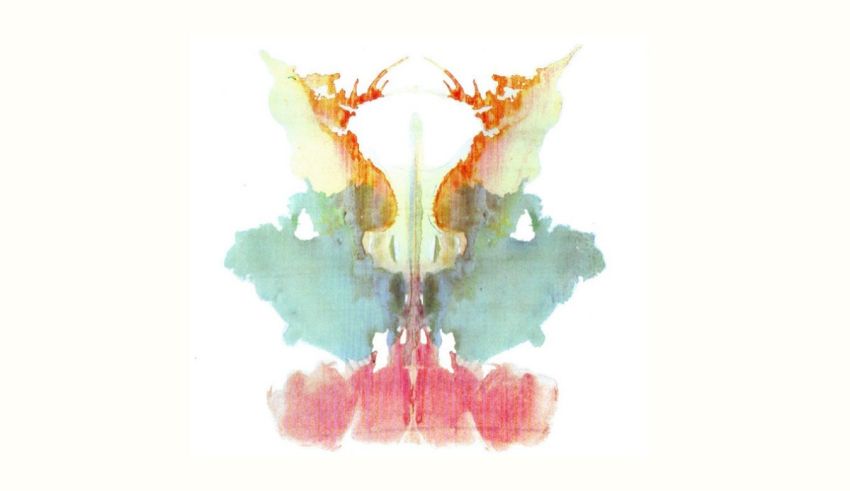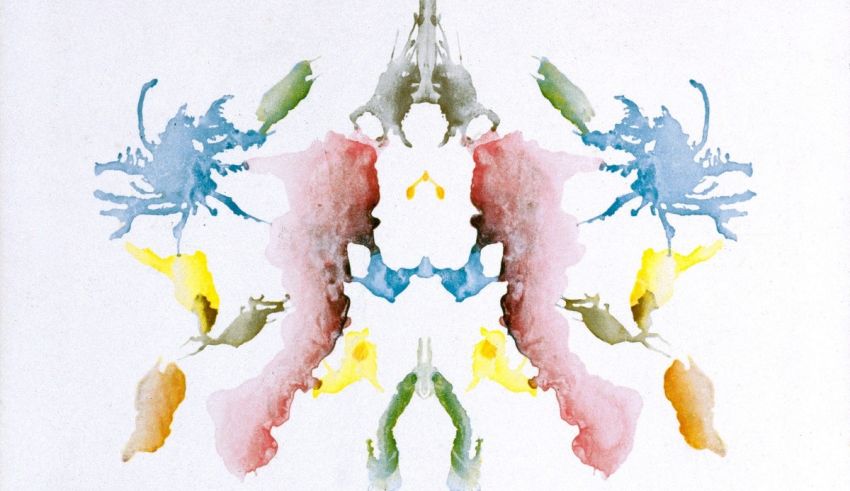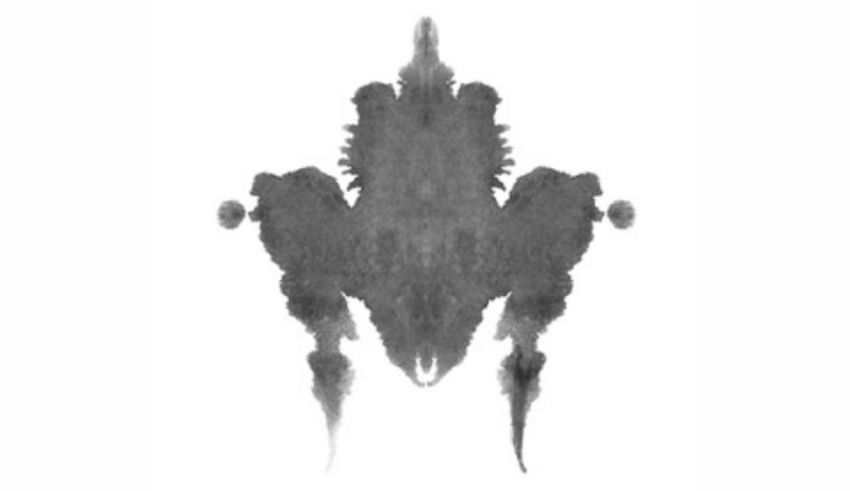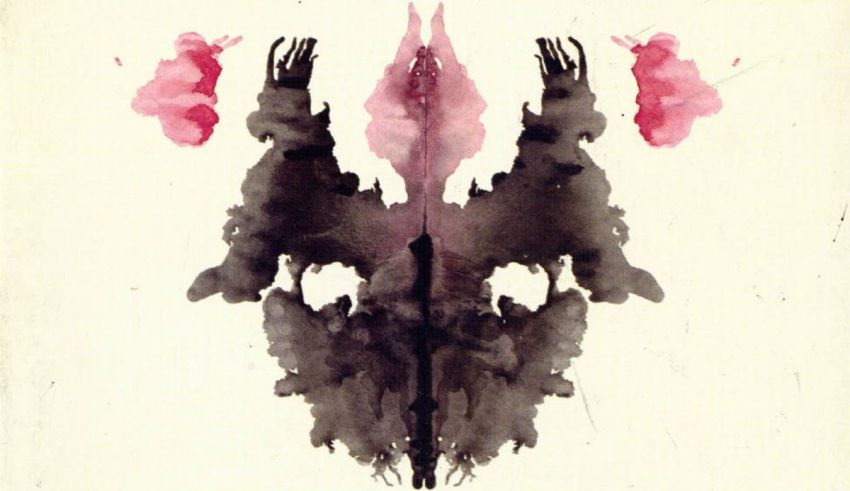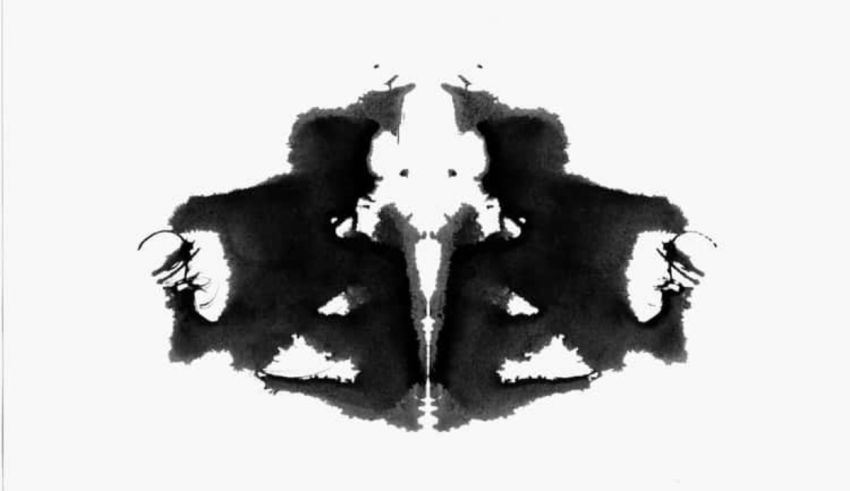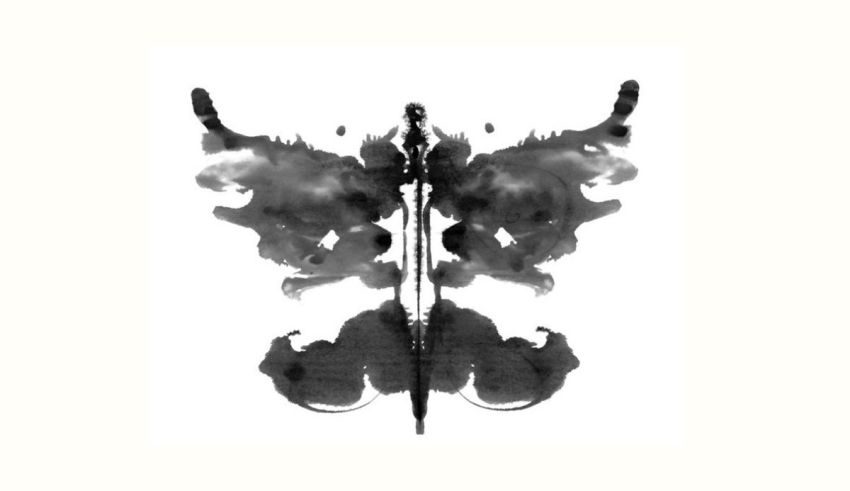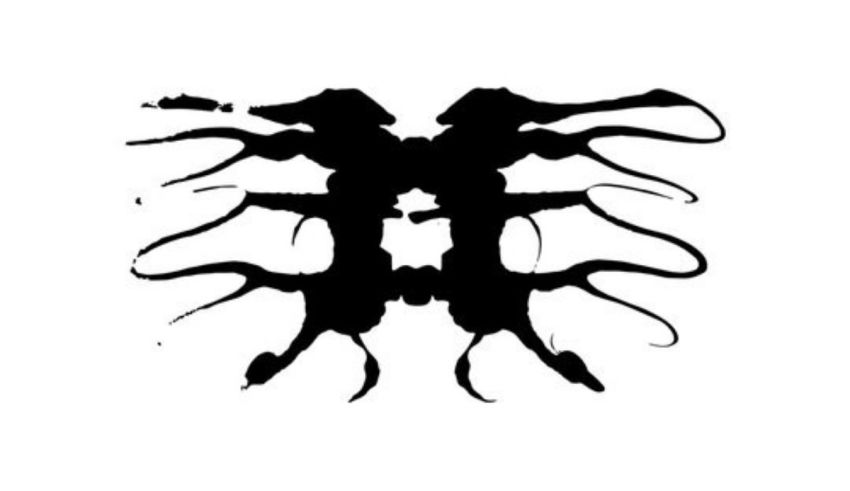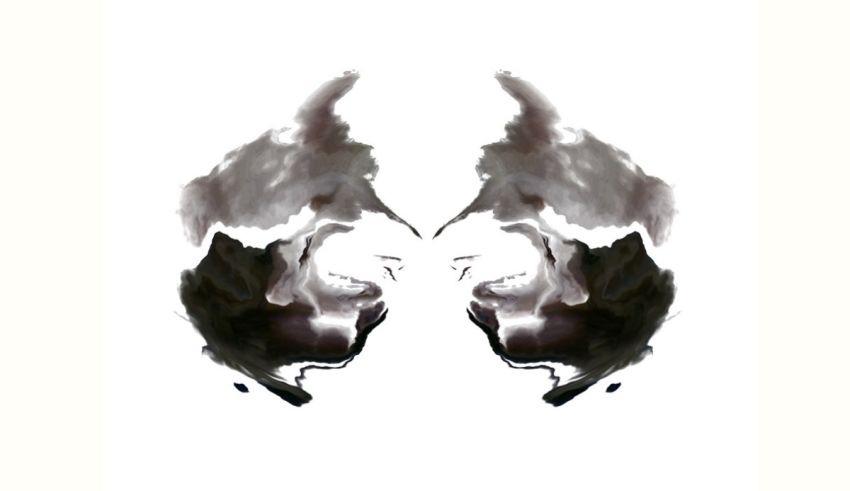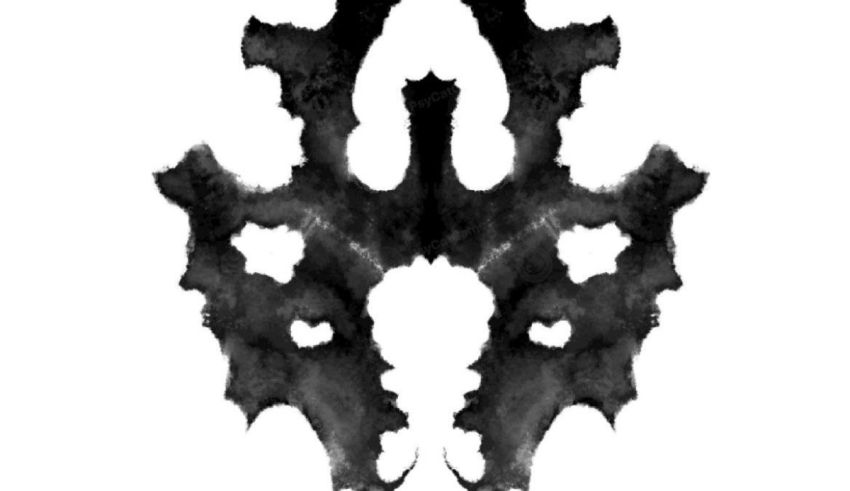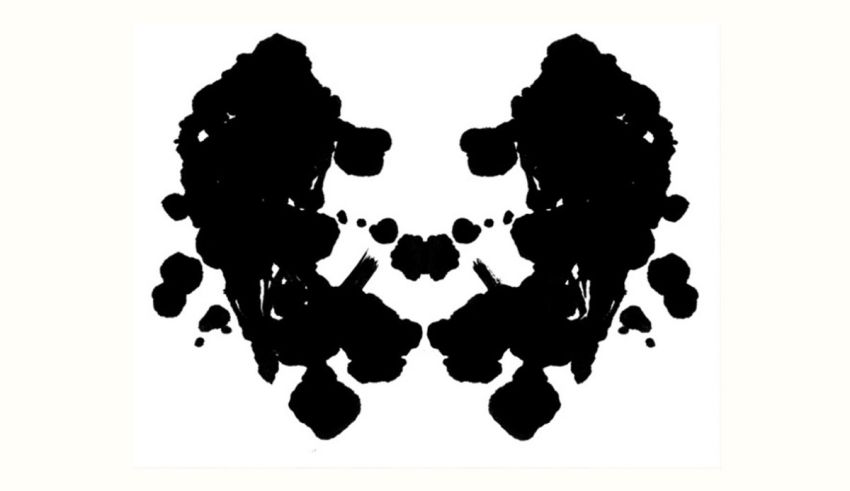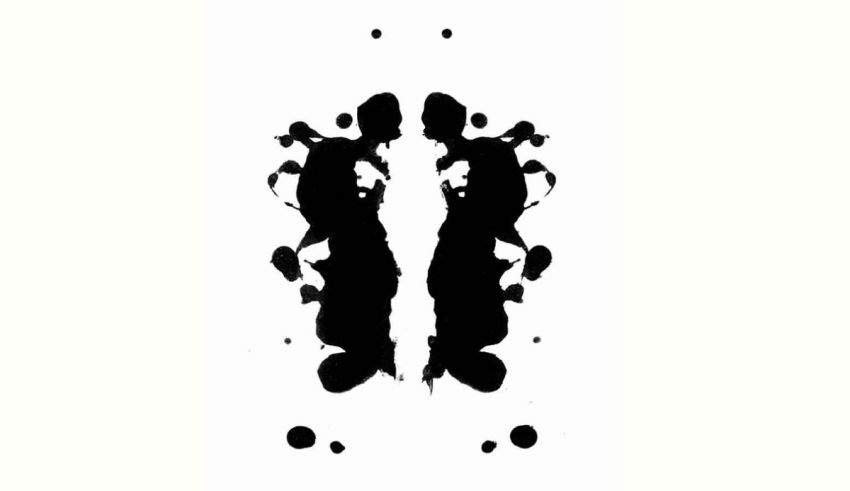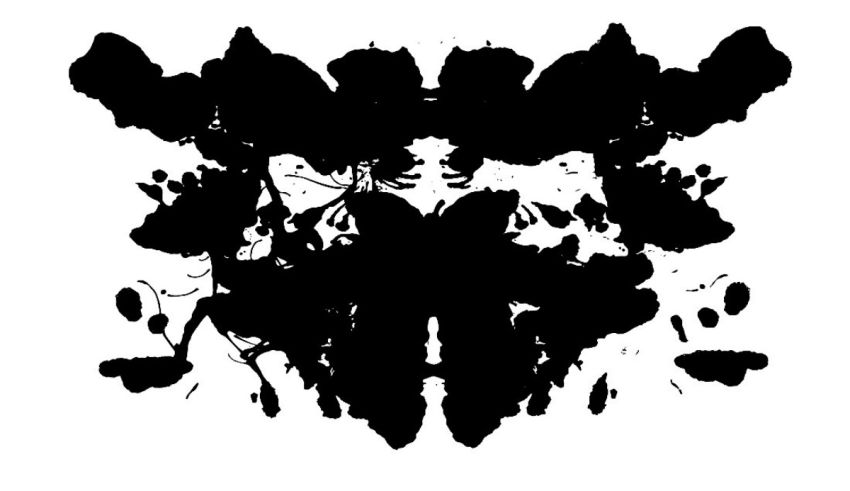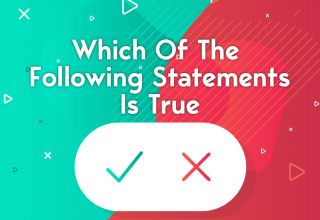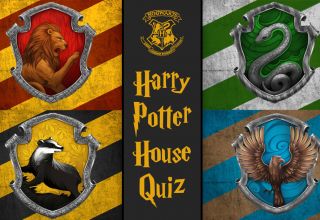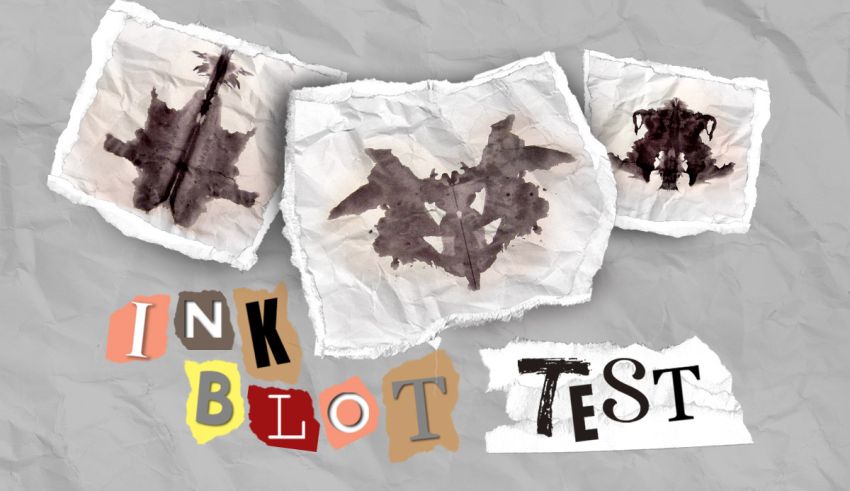
The Original Inkblot Test with 10 NEW CARDS!
The current quiz includes new entries to amplify the results’ accuracy. The goal is to examine your observation patterns to reveal abnormal personality traits.
It’s traditionally believed that the Inkblot test exposes if you are crazy. But that’s not true. The genuine questionnaire helps identify personality disorders and analyze one’s characteristics.
What Is an Inkblot or Rorschach Test?
It’s a series of cards with random ink designs. You are supposed to describe the shapes and colors you see, giving them meanings. The Inkblot Test is a general approach to decoding your perception in a projective and open-ended fashion.
Hermann Rorschach created it in the early 1920s. His goal was to create a reliable and valid tool for diagnosing mental and personality disorders using perceptions of reality. The test has been changed ever since, and there are online versions available now.
How Does the Online Quiz Differ from the Clinical One?
In a clinical environment, the Inkblot Test is given by a psychiatrist or physiologist. They would observe your answers, take notes, and interpret your perception. However, the online versions are structured, and you have to select one of the options available to be interpreted by the algorithms.
One might think that online multiple-choice Inkblots reduce the validity of the results. However, one of the main struggles of actual clinical tests is that they’re excessively dependent on the observers’ analyses. So, you might end up having two different results for the same patient when the test givers change.
But that’s not the case with a genuine online version like the one you’re about to take. It is structured and analytical—and the reliability of the results is much higher, thanks to the AI.
Do the Results Reveal Your Personality?
Many believe that the inked cards lead to results similar to that of the Archetype Quiz, based on Jungian psychic structures. While there might be small similarities between the two, it’s not wise to compare them. The Rorschach test is focused on the individual’s general approach to perception to assess their mental stability. But the Jungian questionnaires often classify your personality based on your traits.
The closest thing to a personality analysis that an Inkblot Test offers is your perception category. Different patients and participants have unique ways of describing the cards. And that enables the observers to categorize them into groups. See below.
Creative and Imaginative
When the participants come up with original descriptions for the cards, they’re often considered creative thinkers. The users usually expect the most generic answers based on the data and their own experience. But if your answers surprise them, you’re going to be in the imaginative category.
Detail-Oriented
The Inkblot Test cards include detailed shapes and color splashes. When you take your time to address all and give each meaning, you’re a detailed-oriented person.
Big-Picture Perceiver
If it’s easier for you to see the general shapes of the cards, you’re a big-picture person. Thanks to their perception, such participants are also believed to be proper leaders and managers.
Flexible Personality
Some patients and participants have adaptable personalities. They react to each card with an almost different approach. Plus, their perception is less rigid compared to others.
Possible Mental Health Issues
Since the test was created to diagnose mental illnesses, it does an okay job identifying them. For instance, it’s believed that people with schizophrenia often see base their perception on the white parts of the cards rather than the inked ones.
The Validity of the Results
Psychologists have debated the validity and reliability of subjective tests like Inkblot. A 2013 review of the original Rorschach’s findings showed that it’s quite reliable for mental assessments. However, modern experts suggest that its reliability doesn’t guarantee its validity. They believe that the following problems affect the results negatively.
The results are dependent on the users’ interpretation.
One of the biggest issues with the clinical Inkblot Test is that it might return dissimilar results when changing the patient. So, one psychiatrist may declare a patient schizophrenic after the process, while another may diagnose them with severe depression after repeating the test.
The false-positive rate is high.
Studies show that many mentally stable individuals might be diagnosed with personality disorders due to the false-positive rate.
The answers are public.
Perhaps the biggest issue with the Rorschach test is that it’s spoiled. You can find online guides on beating it even if you have a mental disorder. And that reduces the validity of the clinical versions.
How Our Online Inkblot Quiz Resolved the Issues
The challenges with creating a valid Rorschach test are clear: Its answers are public, the false positive ratio is high, and users’ interpretations can affect the results negatively. So, here’s how we dealt with each of them:
– We added ten new cards that you haven’t seen before to increase the validity of the results. Even if you search for online guides to beat the test, you won’t find anything helpful about the unique additions to our questionnaire.
– We automized the process, so your results are not dependent on personal interpretations. The AI would analyze your personality based on the date. And therefore, the results would be highly reliable.
– Unlike a clinical version, the one on this page is structured. So, you have to choose one of the options for each question. That reduces the false-positive ratio and finetunes the results.
Things to Know Before Taking the Quiz
It’s important to remember a couple of things before starting.
There’s no right or wrong answer.
Don’t look for the options that make the most sense. The images or cards represented to you don’t have any specific meaning. The goal is to see your approach to perception when looking at them.
It’s NOT a TAT.
A Thematic Apperception Test gives you an image (Often a meaningful one), asking you to write a concise story about it—or explain the emotions you have after looking at it. However, the Inkblot Test is not a TAT. So, you don’t have to connect the indicators and develop a story. It’s all about looking at pictures and describing your observation with no particular rules in mind.
Disclaimer
The online Inkblot Test is not a diagnostic tool for mental illnesses and personality disorders. Please, take the results lightly, and consult a therapist if you’re concerned about your health.

